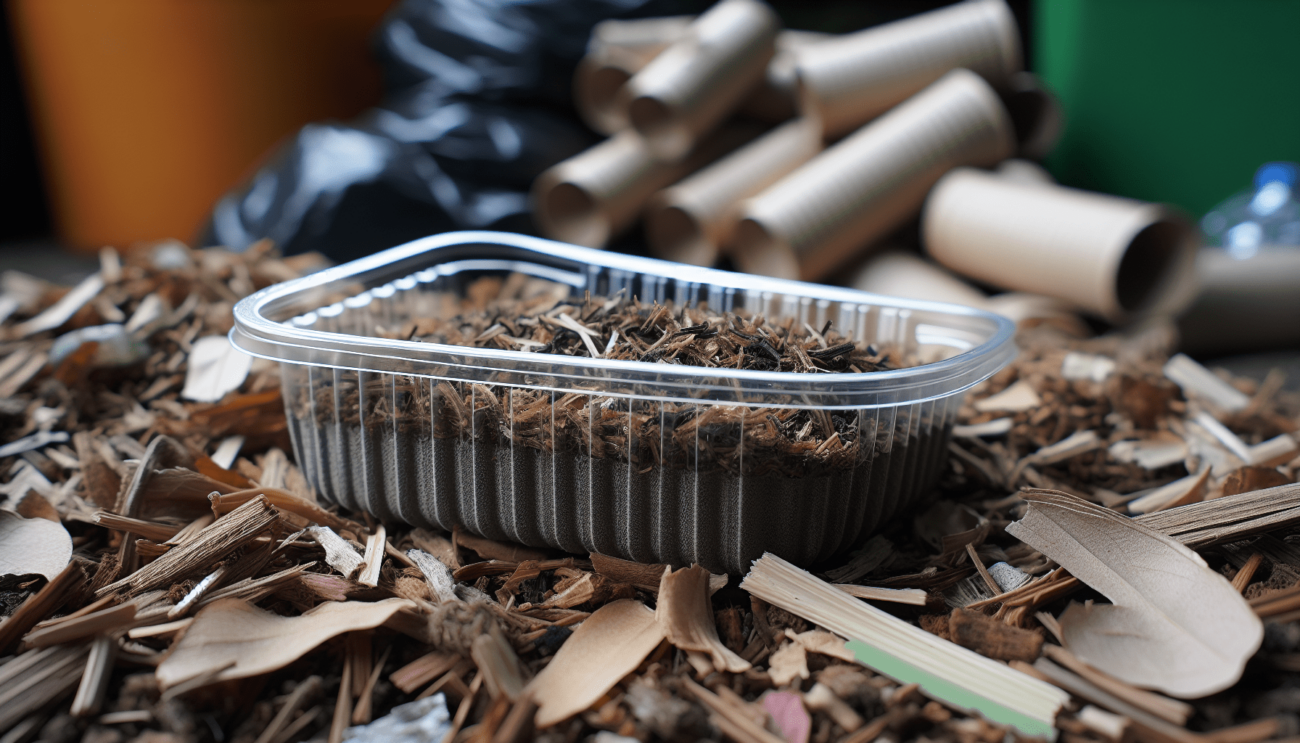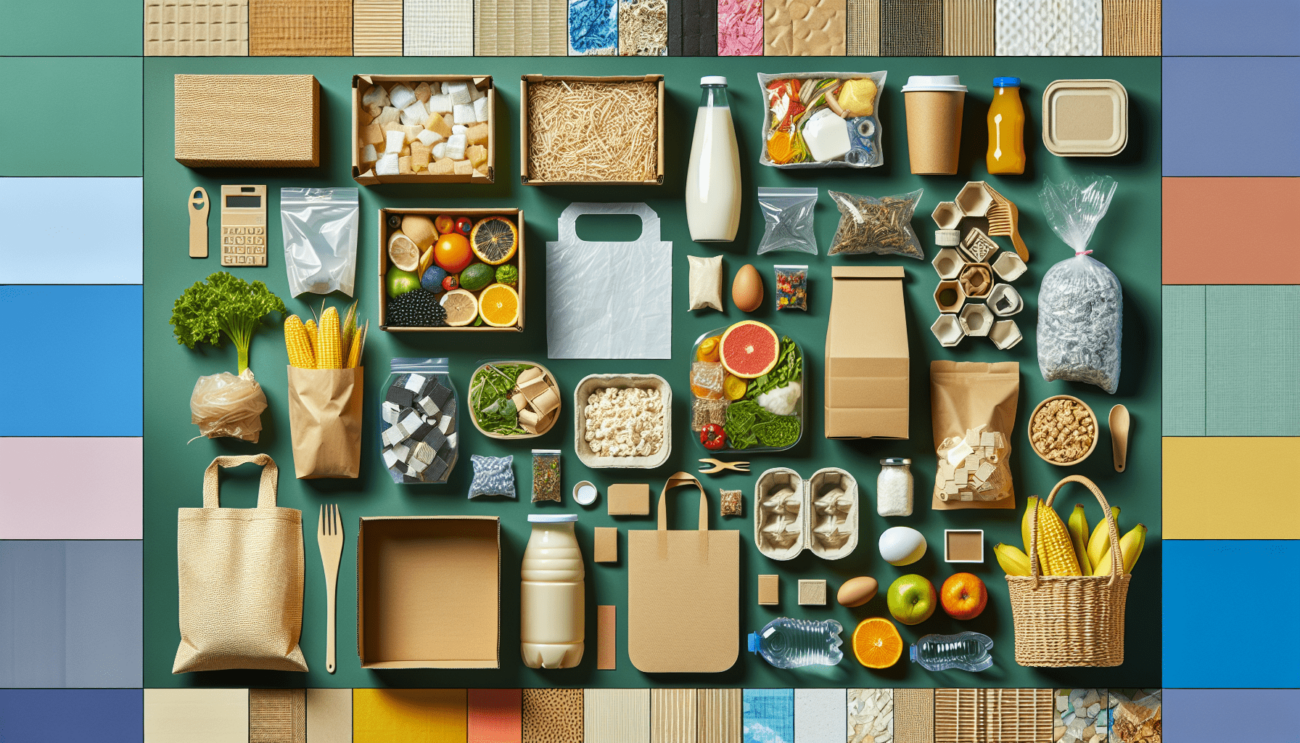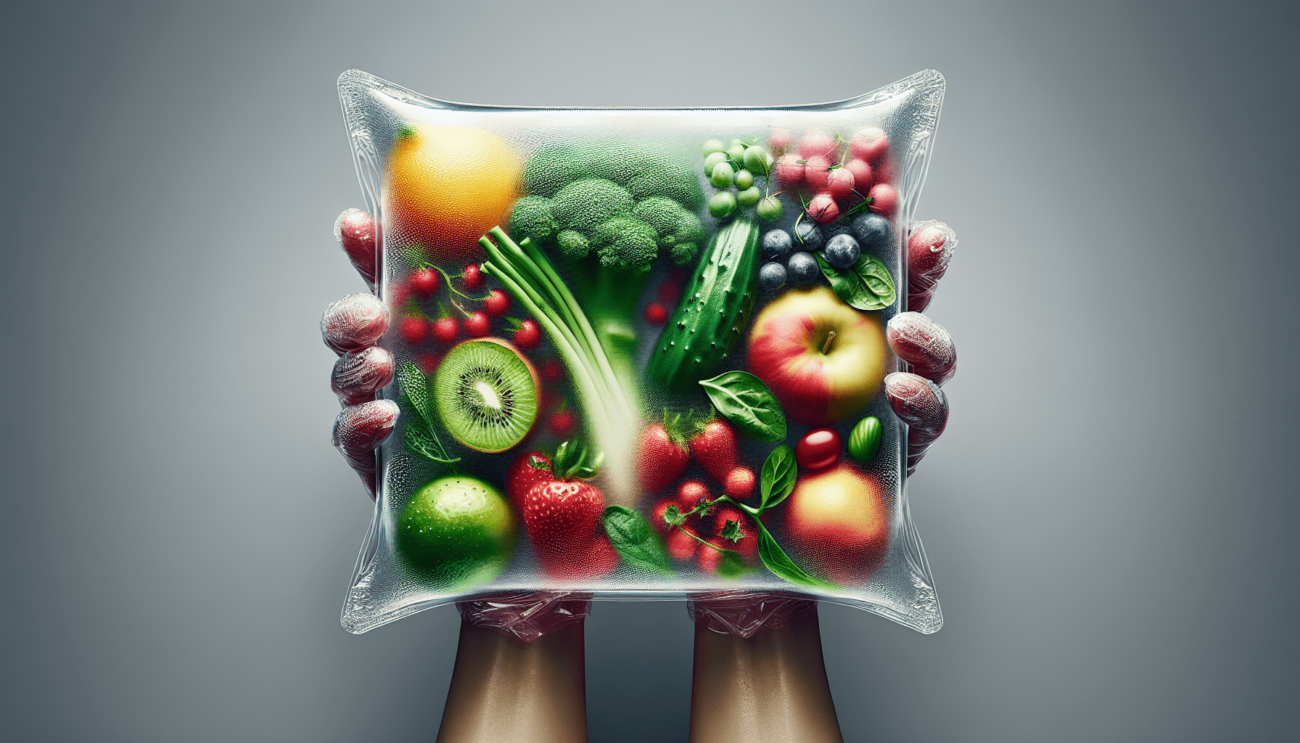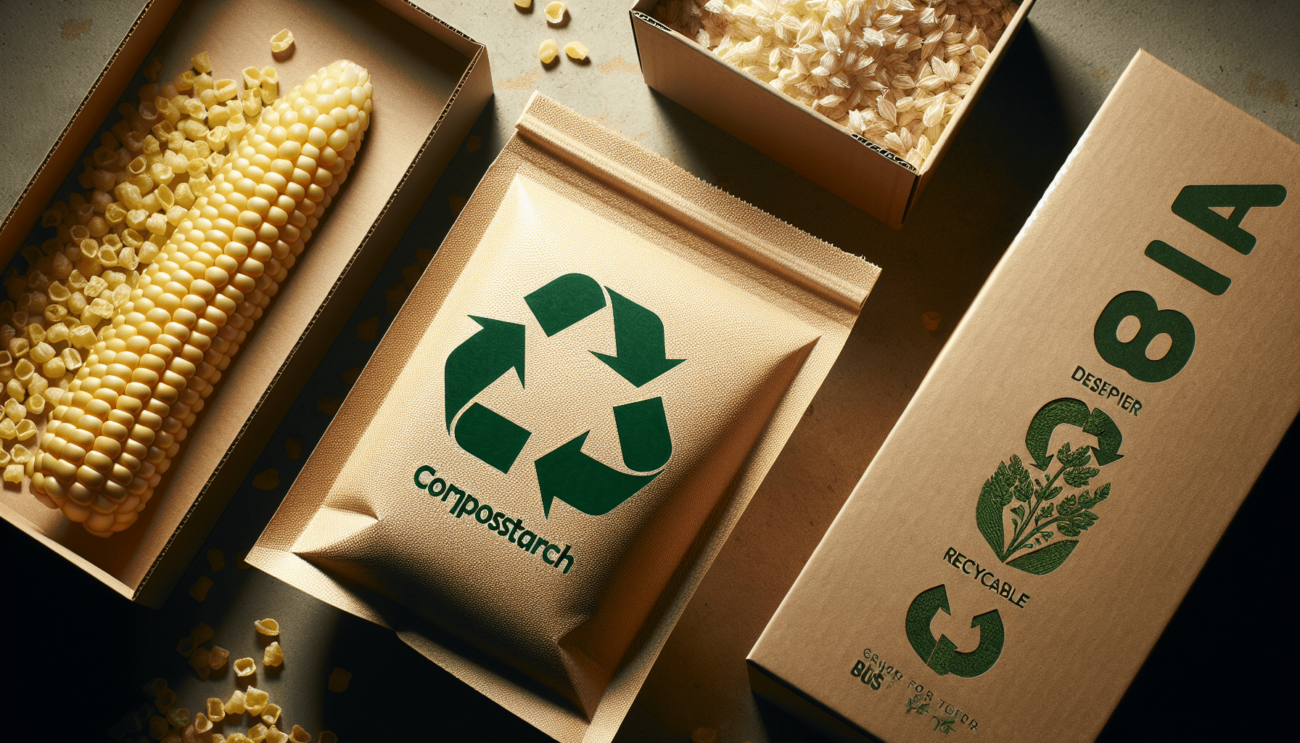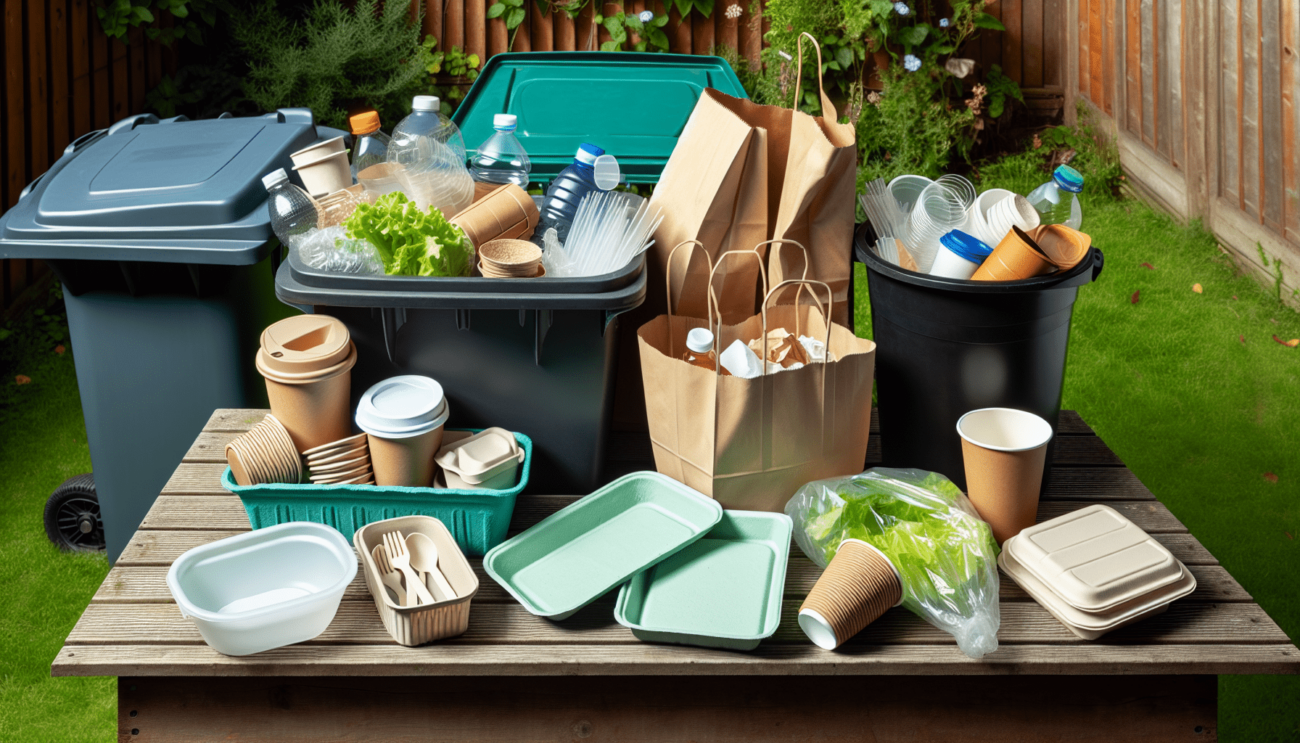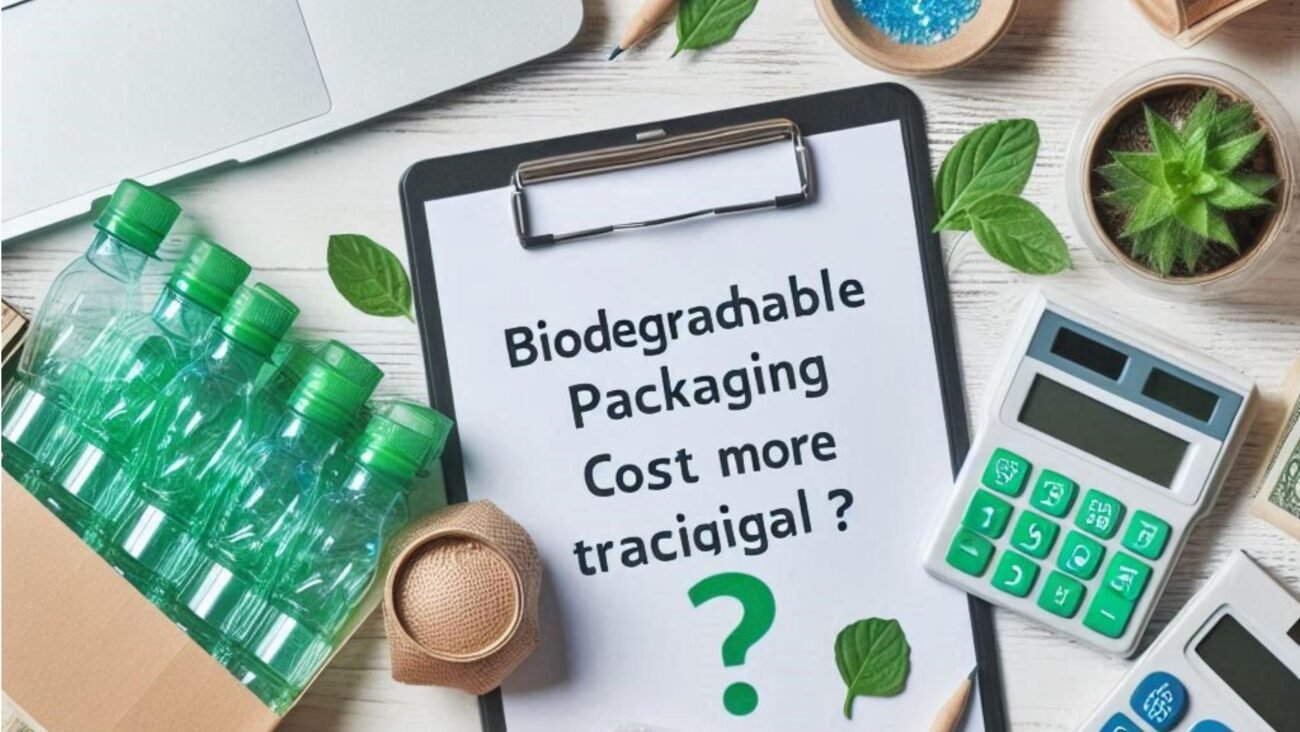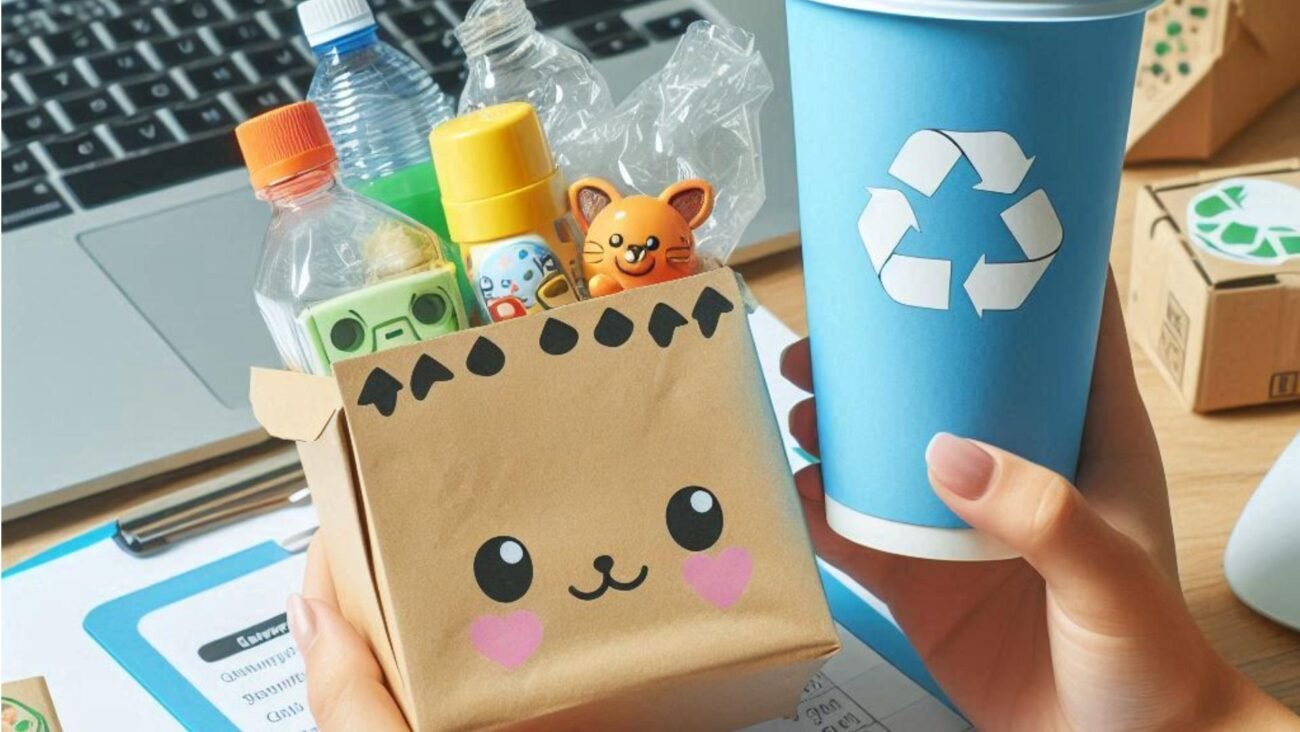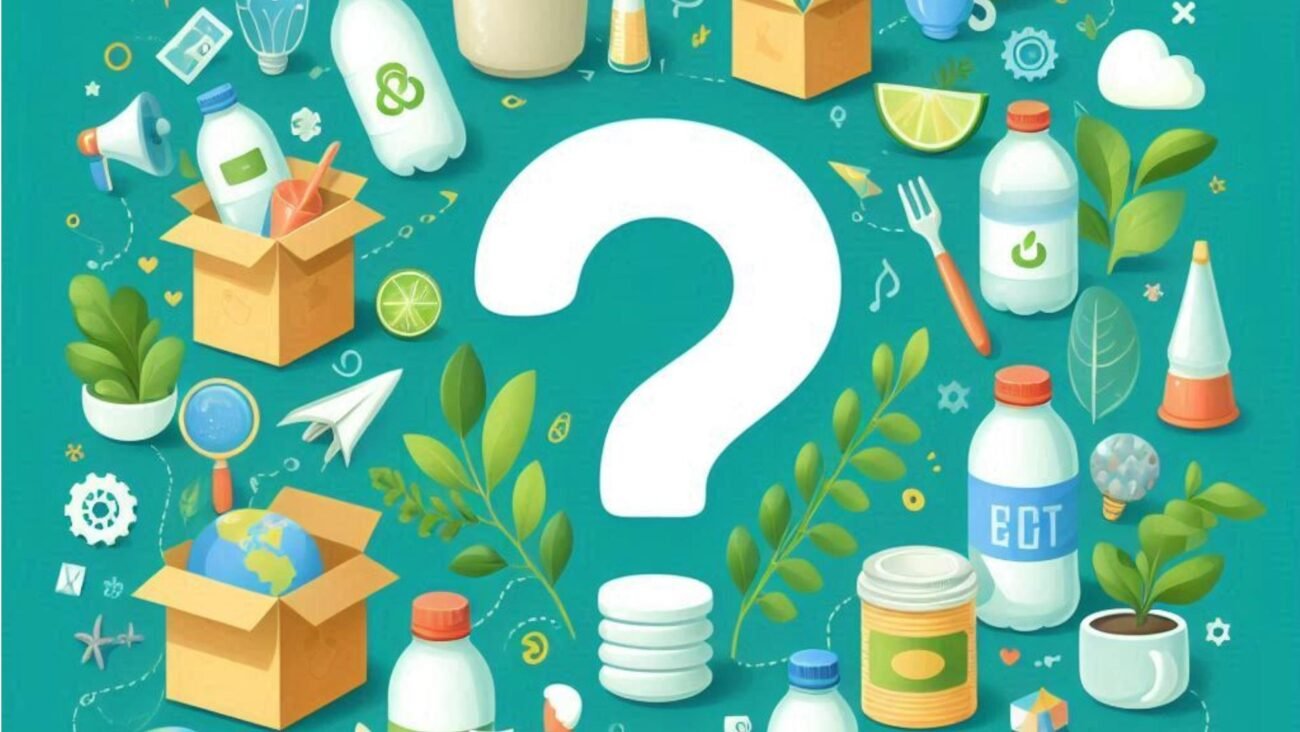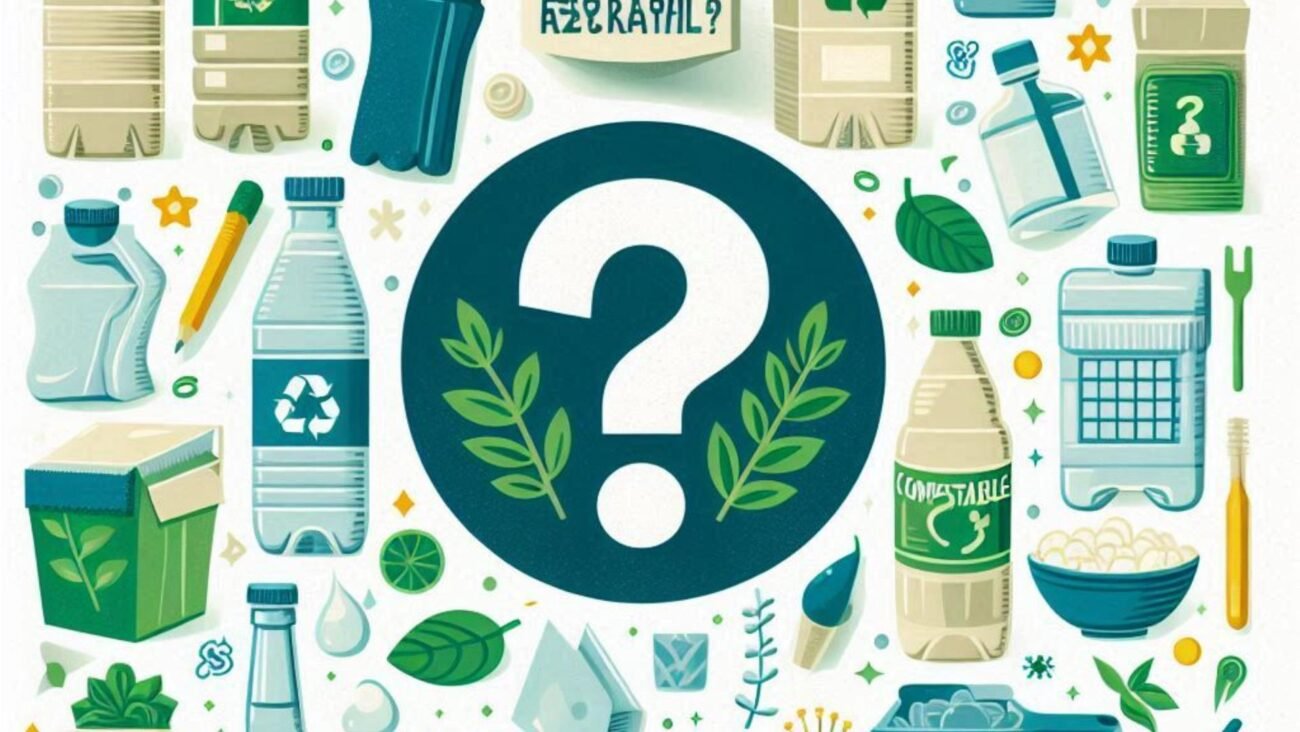How Do I Know If Eco-friendly Packaging Is Truly Sustainable?
Have you ever wondered whether the eco-friendly packaging you’re using is genuinely sustainable? With the increasing focus on environmental issues, it’s essential to ensure that the choices you make are truly benefiting the planet. In this article, we will explore how you can determine if eco-friendly packaging is truly sustainable and the key factors to consider when making eco-conscious choices.
Understanding Eco-friendly Packaging
Eco-friendly packaging refers to materials and designs that have a reduced environmental impact compared to traditional packaging options. It aims to minimize waste, energy consumption, and pollution during production, use, and disposal. However, not all eco-friendly packaging is created equal, and it’s crucial to look beyond the label to understand its sustainability.
What Makes Packaging Eco-friendly?
Eco-friendly packaging can be classified based on various criteria that make it more sustainable than conventional options. These may include:
- Biodegradability: Materials that can break down naturally, reducing waste in landfills.
- Recyclability: Packaging that can be recycled and reused to minimize the consumption of new resources.
- Compostability: Materials that can decompose in compost facilities, reducing their environmental impact.
- Renewable Resources: Packaging made from sustainable, replenishable sources like bamboo or sugarcane.
- Minimal Environmental Impact: Packaging that requires fewer resources and energy to produce and transport.
Understanding these criteria can help you assess the sustainability of eco-friendly packaging options and make informed choices for your business or personal use.
Key Factors to Consider
When evaluating the sustainability of eco-friendly packaging, several factors must be taken into account to ensure its environmental benefits and long-term viability.
Material Sourcing
One of the critical aspects of sustainable packaging is the sourcing of materials used in its production. Look for packaging made from renewable resources that are responsibly harvested, such as FSC-certified paper or bamboo. Ensure that the materials are free from harmful chemicals, additives, or toxins that could leach into the environment.
Production Process
Consider the energy and water consumption, emissions, and waste generated during the production of eco-friendly packaging. Opt for manufacturers that adhere to eco-friendly practices, such as using renewable energy sources, minimizing water usage, and reducing greenhouse gas emissions. Certifications like ISO 14001 or B Corp status can indicate a commitment to sustainable production processes.
End-of-Life Options
An essential aspect of sustainable packaging is what happens to it at the end of its life cycle. Choose packaging that is biodegradable, compostable, or recyclable to ensure that it can be disposed of responsibly and not contribute to pollution or waste accumulation. Check for certifications like ASTM D6400 (compostability) or the chasing arrows symbol (recyclability) to verify the end-of-life options for eco-friendly packaging.
Durability and Functionality
While sustainability is crucial, eco-friendly packaging must also fulfill its primary function effectively. Ensure that the packaging is durable, protective, and functional for its intended use to prevent waste and minimize the need for additional materials. Seek packaging solutions that offer the same level of performance as traditional options without compromising sustainability.
Certifications and Labels
To help consumers identify truly sustainable eco-friendly packaging, various certifications and labels have been developed to verify the environmental claims of products. These certifications can provide assurance that the packaging meets specific sustainability standards and has undergone rigorous testing and verification processes.
Common Certifications to Look For
- FSC (Forest Stewardship Council): Ensures that wood-based products come from responsibly managed forests.
- BPI (Biodegradable Products Institute): Certifies products as compostable according to ASTM standards.
- ISO 14001: Demonstrates adherence to environmental management standards for sustainable practices.
- Cradle to Cradle: Focuses on the circular economy by designing products for recyclability and reuse.
- Green Seal: Certifies products and packaging as environmentally preferable based on lifecycle analysis.
By choosing eco-friendly packaging with recognized certifications and labels, you can have confidence in its sustainability and positive impact on the environment.
Choosing Sustainable Alternatives
When selecting eco-friendly packaging for your business or personal use, consider opting for sustainable alternatives that align with your values and environmental goals.
Biodegradable Food Packaging Suppliers
If you’re in the food industry, sourcing biodegradable food packaging from reputable suppliers can help reduce your environmental footprint. Look for suppliers that offer a wide range of biodegradable options, such as containers, utensils, and bags, made from compostable materials like PLA, sugarcane, or cornstarch.
Sustainable Packaging Wholesale
For businesses looking to make a large-scale switch to sustainable packaging, wholesale suppliers can provide cost-effective solutions. Explore sustainable packaging wholesalers that offer bulk options for biodegradable, recyclable, or compostable packaging materials to meet your needs while minimizing waste and environmental impact.
Eco-friendly Packaging Alternatives to Plastic
Plastic packaging is a significant contributor to environmental pollution, making it essential to explore eco-friendly alternatives. Consider switching to plant-based materials like bamboo, palm leaf, or recycled paper for packaging solutions that are biodegradable, compostable, and recyclable. These alternatives can help reduce plastic waste and promote a more sustainable approach to packaging.
Biodegradable Packaging for Restaurants
Restaurants looking to enhance their sustainability practices can benefit from using biodegradable packaging for food delivery, takeout, or catering services. Choose biodegradable containers, cutlery, and packaging options that align with your brand’s values and commitment to reducing environmental impact. Inform customers about your eco-friendly initiatives to raise awareness and encourage sustainable choices.
Eco-friendly Packaging for Small Businesses
Small businesses can make a significant impact by adopting eco-friendly packaging solutions that reflect their values and commitment to sustainability. Explore options like recycled cardboard boxes, paper bags, or biodegradable packaging materials to package and ship products in an environmentally responsible manner. Engage with your customers to promote your eco-friendly practices and encourage them to support your efforts.
Tips for Sustainable Packaging Practices
To ensure that your eco-friendly packaging is truly sustainable, consider implementing the following tips and best practices for environmentally responsible packaging solutions.
Reduce Packaging Waste
Minimize the use of excess packaging materials, air pillows, or plastic fillers to reduce waste and consumption. Opt for minimalist packaging designs that prioritize product protection while eliminating unnecessary materials and components. Encourage customers to recycle or reuse packaging to further reduce waste in the supply chain.
Opt for Reusable Packaging
Consider implementing reusable packaging solutions like glass jars, metal tins, or fabric bags that can be returned, refilled, or repurposed. Encourage customers to participate in reusable packaging programs by offering incentives, discounts, or rewards for returning packaging for reuse. By promoting a circular economy model, you can reduce waste and promote sustainable packaging practices.
Collaborate with Eco-friendly Suppliers
Partner with suppliers and vendors that share your commitment to sustainability and offer eco-friendly packaging options. Collaborate with eco-conscious suppliers to source sustainable packaging materials, implement green practices, and reduce the environmental impact of your operations. Work together to explore innovative solutions and design custom packaging that aligns with your brand’s values and environmental goals.
Educate and Engage Customers
Raise awareness about the importance of sustainable packaging practices and educate customers on how to make environmentally responsible choices. Communicate your eco-friendly initiatives through labels, packaging inserts, or online platforms to inform customers about your commitment to sustainability. Encourage feedback and suggestions from customers to improve your sustainability efforts and create a more environmentally conscious brand.
Measure and Track Sustainability Goals
Set measurable targets and track key performance indicators to monitor the effectiveness of your sustainable packaging practices. Establish sustainability goals, such as reducing plastic usage, increasing recycling rates, or improving energy efficiency, to guide your eco-friendly initiatives. Use data analytics and reporting tools to evaluate the impact of your sustainable packaging efforts and identify areas for improvement.
By following these tips and best practices for sustainable packaging practices, you can ensure that your eco-friendly choices are truly sustainable and contribute to a greener, more environmentally friendly future.
Conclusion
In conclusion, determining whether eco-friendly packaging is truly sustainable requires careful consideration of various factors, certifications, and best practices. By understanding the criteria for eco-friendly packaging, evaluating key factors like material sourcing and end-of-life options, and choosing sustainable alternatives, you can make informed decisions that benefit the environment and align with your values. Incorporating tips for sustainable packaging practices and collaborating with eco-friendly suppliers can further enhance the sustainability of your packaging solutions and create a positive impact on the planet. Remember that every choice you make can make a difference in promoting a more sustainable and environmentally conscious approach to packaging.


